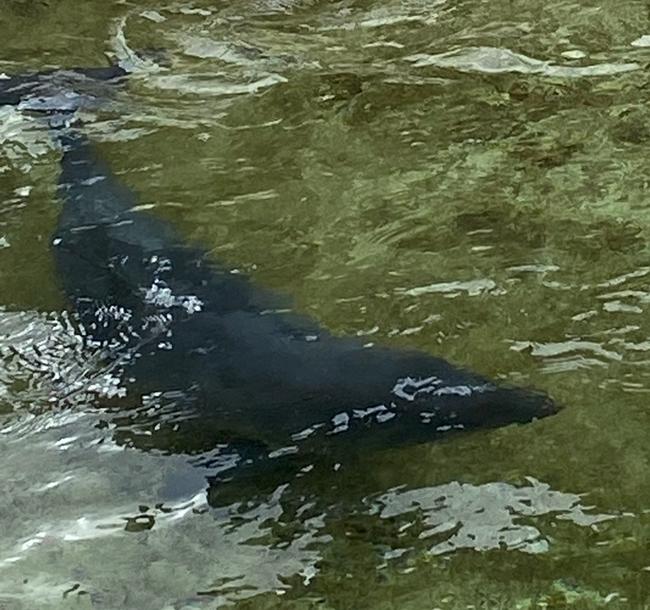Tube Anemone (Cerianthus membranaceus)

Tube Anemone (Cerianthus membranaceus) - Buiskoraal
- Taxonomy: The Tube Anemone belongs to the Cerianthidae family. Its name is derived from its unique tube-like structure where it resides.
- Species: The species Cerianthus membranaceus is recognized for its long, slender body and beautiful tentacles.
- Habitat: Tube Anemones are found in sandy and muddy substrates along the coasts of Europe. They prefer shallow waters, often in tidal zones.
- Diet: These anemones are carnivorous, feeding on small fish and plankton. They capture prey using their stinging tentacles.
- Reproduction: Tube Anemones can reproduce both sexually and asexually. They release eggs and sperm into the water for external fertilization.
- Unique Anatomy: Their long tentacles can extend up to 30 cm. This helps them catch prey effectively while remaining anchored in their tube.
- Behavior: Tube Anemones retract their tentacles when disturbed. They can remain hidden in their tubes for long periods, creating a fascinating sight.
- Conservation: Habitat destruction and pollution threaten Tube Anemones. Their ability to adapt makes them resilient, but they still face challenges.
Tube Anemones: Hidden Wonders of the Ocean
When diving in the ocean, you may encounter many colorful fish and stunning corals. However, the underwater world also harbors hidden wonders like the Tube Anemone. This unique creature, often overlooked, plays an important role in marine ecosystems.
What is a Tube Anemone?
The Tube Anemone is a fascinating marine creature that belongs to the family Cerianthidae. Its name comes from its tubular body, where it spends much of its life. Unlike other anemones, which attach to hard surfaces, Tube Anemones live in self-made tubes buried in sand or mud. They extend their long tentacles to capture prey while staying protected in their tubes.
A Day in the Life of a Tube Anemone
Tube Anemones are not aggressive predators. Instead, they patiently wait for small fish and plankton to swim within reach. Their tentacles are equipped with stinging cells called nematocysts, which help them immobilize prey. Once captured, they bring the food to their mouths, enjoying a steady diet of marine life.
Despite their passive lifestyle, Tube Anemones play a vital role in their ecosystems. They provide shelter and food for various marine organisms. This helps maintain a balanced underwater environment.
Reproduction: A Unique Process
Tube Anemones have a unique way of reproducing. They can reproduce both sexually and asexually. During sexual reproduction, they release eggs and sperm into the water. This process leads to the development of larvae that eventually settle and form new tubes. Asexual reproduction occurs through fragmentation, where parts of the anemone can grow into new individuals.
Ecological Role: Helpers of the Ocean Floor
Tube Anemones contribute significantly to the marine ecosystem. They help regulate populations of small fish and plankton. Their presence promotes biodiversity and supports the health of sandy and muddy environments. Unfortunately, these creatures face threats from pollution and habitat loss, making conservation efforts essential.
Conclusion
The Tube Anemone is a hidden gem in the ocean. Its unique anatomy, fascinating behavior, and ecological role deserve our attention. As we explore the underwater world, let’s not forget these incredible creatures. They contribute to the beauty and balance of our oceans.







